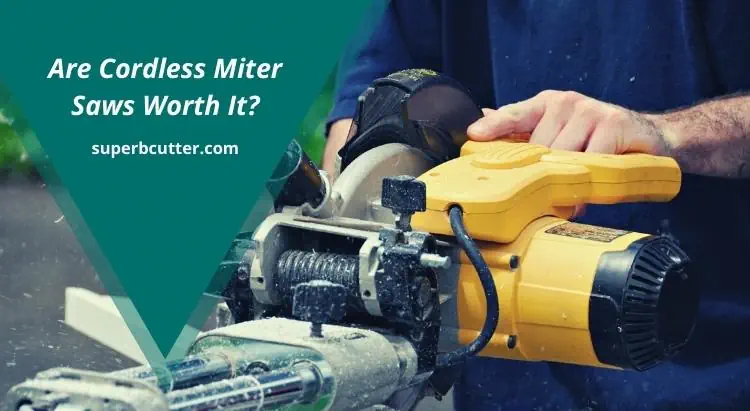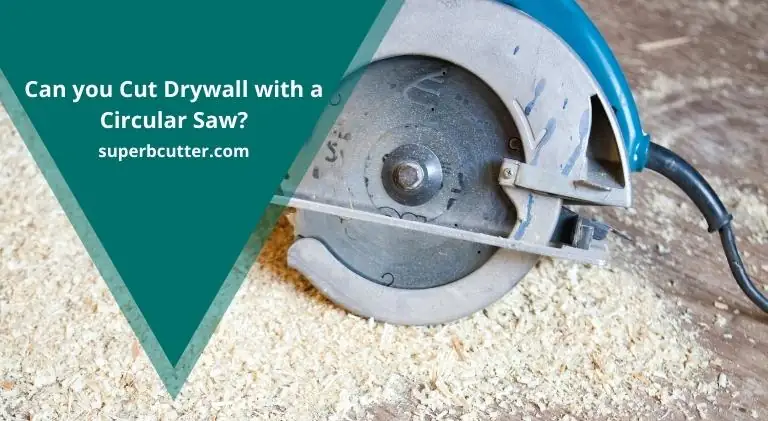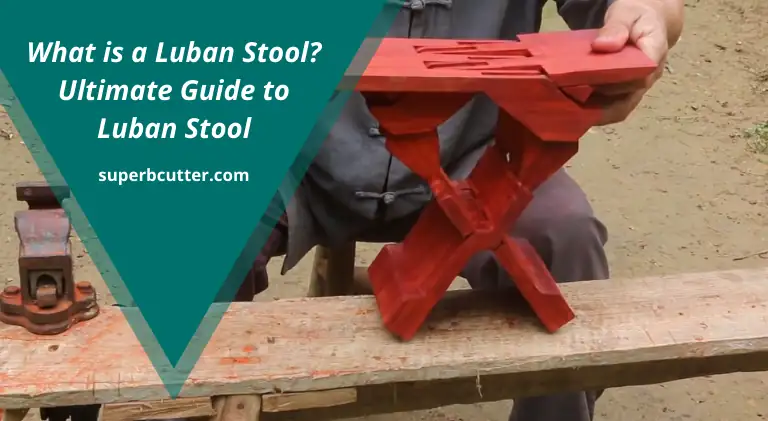5 Best Miter Saw Blades for Molding and Trim – Tested
In order to create a well-rounded and beautiful trim or molding job, you need the right tool for the task, and that’s a miter saw. But with so many blades on the market, it can be tough to know which one is right for your needs.
In this article, we’ll take a look at some of the best miter saw blades for molding and trim, and help you choose the perfect one for your next project.
So if you need help in choosing the best miter saw blades for molding and trim then make sure to read this article to the end!
In a Hurry? Here’s a quick summary for you!
| Image | Title | Rating | Price |
|---|---|---|---|
Best Overall  | Freud D12100X
| 9.9 | Check Price |
Best Budget Option  | Makita A-93681
| 9.8 | Check Price |
Best for Low Noise  | Overpeak
| 9.7 | Check Price |
Best 10 inch blade for trim  | Freud LU85R010
| 9.4 | Check Price |
Best 12 inch blade for trim  | MAKITA A-93734
| 9 | Check Price |
Best Miter Saw Blades for Molding and Trim
- remarkable build quality
- 100 teeth make it great for crosscuts
- laser-cut plate ensures precise and clean cuts
- anti-kickback design reduces the risk of kickback and injury
- several users have reported that the blade vibrates with DeWalt 779
The first one on my list of the best miter saw blades for molding and trim is the Freud D12100X. This is a high-quality, 100 teeth carbide-tipped blade that’s designed for making crosscuts in softwood, hardwood, and molding materials. It has a thin kerf design that helps to reduce waste and increase accuracy.
There are so many reasons why I have chosen this blade as the best one for molding and trim. First of all, it comes with a Perma-Shield Non-Stick Coating that protects the blade against corrosion and gumming.
Secondly, it has a laser-cut plate that ensures precise and clean cuts. Lastly, it has an anti-kickback design that reduces the risk of kickback and injury. However, there are a few things that I don’t like about the D12100X. These include the fact that it’s not the best at cutting through hardwoods and the price is a bit on the high side.
- great build quality
- tooth design helps reduce chipping and splintering
- laser-cut plate for precise and clean cuts
- quiet as compared to Freud’s blades
- thin kerf allows the blade to easily fit with sawstops
- cost-effective
- not versatile like other premium options available in the market
Next up, we have the Makita A-93681 on our list of the recommended miter saw blades for trim and molding. This is an 80-tooth blade that’s designed for use with all types of miter saws, including chop saws. It’s made from high-quality carbide steel and has a thin kerf design to help reduce waste and increase accuracy.
One of the things that I like about this blade is the fact that it comes with a unique tooth design that helps to reduce chipping and splintering. I also like the fact that it has a laser-cut plate for precise and clean cuts.
Moreover, the blade is so quiet as compared to the Freud which gives it an edge over the Freud miter saw blades. Similarly, its think kerf allows the blade to easily fit with sawstops which makes it stand out from other blades of the same tier.
It is also a cheaper option as compared to the Diablo series blades. However, there is one thing that I don’t like about this blade. It isn’t versatile as the above-mentioned option I mean, yeah! it can work surprisingly well with trim and molding. However, if you want to use it for jobs like laminate flooring then it won’t last long.
- tungsten carbide allows the blade to be durable
- 5x longer cutting life span as compared to other options
- low noise and stable cutting process
- 6 Laser cut expansion slots and 4 Laser cut stabilizer vents
- alternative-top bevel teeth configuration increases precision
began to burn the wood after some time of usage
Overpeak is another amazing blade that can be quite effective for jobs like molding and trim. It is a 12-inch, 90 teeth tungsten carbide-tipped blade that’s designed for making crosscuts in softwood, hardwood, and molding materials.
Moreover, the tungsten carbide allows the blade to be durable with a 5x longer cutting life span as compared to the other options on my list. Besides that, it provides an amazing cutting experience as the blade produces low noise and remains stable during the cutting process.
This is only possible with the help of 6 Laser cut expansion slots and 4 Laser cuts stabilizer vents that trap noise and vibration. Furthermore, the alternative-top bevel teeth configuration of the blade further increases its precision.
The only thing that I don’t like about this blade is that it began to burn the wood after usage for some time. However, if we consider the overall features, then it is one of the best-selling blades for molding and trim.
- clean cuts
- 5/8-inch arbor and thin kerf design help reduce waste and increase accuracy
- high-quality carbide steel
- unique tooth design reduces chipping and splintering
- Perma-SHIELD Coating reduces friction and vibration during the action
- Gets dull quickly as compared to Freud D12100X
The LU85R010 is another Freud on my list of the best miter saw blades for trim and molding. The reason why I have included this particular blade in my list of recommended products is its ability to produce clean cuts.
This is a 10-inch, 80-tooth ATB blade that’s designed for making crosscuts in softwood, hardwood, and molding materials. It has a 5/8-inch arbor and a thin kerf design that helps to reduce waste and increase accuracy.
Moreover, the blade is made from high-quality carbide steel and has a unique tooth design that helps to reduce chipping and splintering. In addition to this, the blade comes with a Perma-SHIELD Coating which helps to extend its lifespan by reducing friction and vibration during the action.
Apart from that, I think this blade wouldn’t be the best choice for hardwood and melamine due to its hook angle and tooth design.
- delivers clean, accurate cuts with minimal tear-out
- thin kerf construction helps conserve cutting power and extend blade life
- laser-etched markings on the blade body help identify the correct cutting angle
- tough carbide coating resists wear and tear
- Micro-Grain Carbide Teeth are honed with up to 600 Grit for a mirror finish
- Not suitable for some wood types
If you’re looking for a high-quality miter saw blade that can handle a variety of trim and molding applications, the MAKITA A-93734 Miter Saw Blade is a great option. This blade is designed to deliver clean, accurate cuts with minimal tear-out, making it ideal for use on pine, melamine, and other softwoods.
The A-93734 Miter Saw Blade features thin kerf construction, which helps to conserve cutting power and extend blade life. It also has laser-etched markings on the blade body that make it easy to identify the correct cutting angle.
In addition, I love how the manufacturer has designed the blade to withstand tough Jobsite conditions. The blade is coated with a tough carbide that resists wear and tear. Moreover, For a mirror finish, Micro-Grain Carbide Teeth have been honed with up to 600 Grit.
This not only gives the blade a splendid look but also makes it one of the sharpest tools in your workshop. However, if we take a look at the negative sides of this blade then there are a few things that I would like to tell you.
First of all, it is not a plywood blade that kills its versatility. If you are looking to buy it specifically for trim and molding jobs then go ahead and buy it. However, if you are generally looking for a blade that can help you to make clean cuts in a variety of materials then this is not the one that you should buy.
Buyer’s Guide: Best Miter Saw Blades for Molding and Trim
When it comes to choosing the best miter saw blade for molding and trim, there are a few things you need to keep in mind. In this buyer’s guide, I will tell you some of the most important factors that will help you narrow down your search space. It will also help you understand what to look for in a miter saw blade.
1. Number of Teeth
The first thing that plays a crucial role on a miter saw blade is the number of teeth that the blade has. The more teeth a blade has, the smoother and finer the cut will be. If you’re looking for a miter saw blade that can make clean cuts in molding and trim, then you should look for one with at least 40 teeth.
The main reason behind this is that when you’re cutting molding or trim, you need to make sure that the cuts are as clean and precise as possible. And the only way to achieve that is by having a blade with a large number of teeth.
2. Tooth Configuration
After the number of teeth, there is one more factor which is called the tooth configuration.
The tooth configuration is the pattern in which the teeth are arranged on the blade. And the most common tooth configurations that you’ll find on miter saw blades are ATB (alternate top bevel) and FTG (flat top grind).
Both of these configurations have their own advantages and disadvantages. So, it really depends on your needs and preferences as to which one you should choose.
If you’re looking for a blade that can make very clean cuts, then I would recommend going with an ATB blade. However, if you’re looking for a blade that can handle more tough materials, then an FTG blade would be a better choice.
3. Tooth Material
Another important factor to consider is the tooth material. The two most common materials that are used for making miter saw blades are HSS (high-speed steel) and carbide.
Carbide is undoubtedly the better material as it can stay sharp for a much longer time than HSS. However, it is also a lot more expensive. So, if you’re on a budget, then HSS is the way to go. Furthermore, there are diamond blades available as well, but they are even more expensive than carbide blades.
4. Kerf
The next thing you need to consider is the kerf of the blade. The kerf is basically the width of the cut that the blade will make. And it is usually measured in millimeters.
For most trim and molding applications, you won’t need a blade with a very large kerf. In fact, a blade with a kerf of around 2mm should be more than enough.
However, if you’re going to be cutting thicker materials, then you might need a blade with a larger kerf. But for most applications, a 2mm kerf should suffice.
5. Plate Thickness
The plate is the part of the blade that is attached to the arbor of the saw. Plate thickness is also an important part that you need to keep in mind while looking for a miter saw blade for molding.
The reason for this is that a thicker plate will be more durable and will be able to withstand more wear and tear. So, if you’re looking for a blade that is going to last you a long time, then you should look for one with a thicker plate.
6. Blade Size
The size of the blade is another important factor that you need to consider. The most common sizes that you’ll find are 10-inch and 12-inch blades.
For most applications, a 10-inch blade should suffice. However, if you’re going to be cutting thicker materials, then you might need a 12-inch blade. This is because the blade of the saw is only able to cut objects half of its diameter.
This restricts the maximum depth of cut of a 10-inch blade to 5 inches. So, if you need to make cuts that are deeper than 5 inches, then you’ll need a 12-inch blade.
7. Hook Angle
The hook angle is the angle between the plate of the blade and the teeth of the blade. And it is measured in degrees.
A smaller hook angle will result in a sharper cut, while a larger hook angle will result in a smoother cut. So, it really depends on your needs as to what hook angle you should choose. In case of molding and trim jobs, you’ll usually want a blade with a smaller hook angle.
8. RPM
When choosing a miter saw blade for any kind of project, you need to check the max RPM of the blade. This is because the max RPM will determine the speed of the blade, and you need to make sure that the blade is compatible with your saw.
The vast majority of miter saws have a max RPM of around 6000. However, some premium models can go up to 8000 RPM. So, if you’re looking for a blade that can spin at a higher speed, then you’ll need to get one that is specifically designed for saws with a higher max RPM.
Higher RPM is both good and bad at the same time. The good thing is that it will allow you to make cleaner cuts. However, the bad thing is that it will also increase the risk of kickback. Apart from that, it also leaves burnt marks on the wood sometimes.
9. Blade Coating
Blade coating is an extremely important factor when choosing the right blade for your needs. The reason for this is that a blade with a good coating will be able to resist heat and friction much better than a blade without any coating.
Miter saw blades are coated with different materials like Teflon black nonstick coating, TICN – Titanium carbide nitride coating, electroless Nickle plating, hard chrome plating, etc. All of these materials have their pros and cons.
So, it really depends on your needs as to which blade coating you should choose. If you’re looking for a blade that is going to last you a long time, then you should choose a blade with a good coating.
10. Heat Vents
Heat vents are extremely important on saw blades. They help to dissipate the heat that is generated when cutting. Without proper ventilation, the heat can build up and cause the blade to warp.
Furthermore, these vents help to stabilize the blade by reducing the vibrations that occur during use. By having proper ventilation, you can ensure that your saw blade will have a long life.
11. Arbor Size
The arbor size is the diameter of the hole in the center of the blade. It is important to make sure that the arbor size of the blade is compatible with your saw.
If the arbor size is too small, then it will cause the blade to wobble and vibrate. This can lead to kickback and can also damage your saw. On the other hand, if the arbor size is too large, then it will cause the blade to not fit properly on your saw.
So, make sure to check the arbor size before purchasing a new blade. Most blades will have either a 5/8-inch or 1-inch arbor.
12. Compatibility
Last but not least, you need to make sure that the blade you choose is compatible with your saw. This means that the arbor size, bore size, and kerf size should all be compatible with your saw.
If even one of these sizes is not compatible, then it could cause serious problems. For example, if the arbor size is not compatible, then it could cause the blade to wobble and vibrate. This could lead to kickback and damage to your saw.
So, make sure to check the compatibility of the blade before purchasing it. You can usually find this information in the product description.
Final Words
I hope after reading all the reviews and the buyer’s guide section, you will have made an informed decision by now. However, if you are still struggling to make the right choice then let me help you.
According to my research and analysis, the Freud D12100X is the best overall choice if money is not a problem for you. However, if you don’t find yourself in a position to make such an investment then I would recommend Makita A-93681 as it proves to be the best bang for your buck.
I hope it helped.
Happy Woodworking!



![What Size Circular Saw to Cut 4x4? - [Problem Solved!] 14 What Size Circular Saw to Cut 4×4? – [Problem Solved!]](https://www.superbcutter.com/wp-content/uploads/2022/07/What-Size-Circular-Saw-to-Cut-4x4_.webp)

